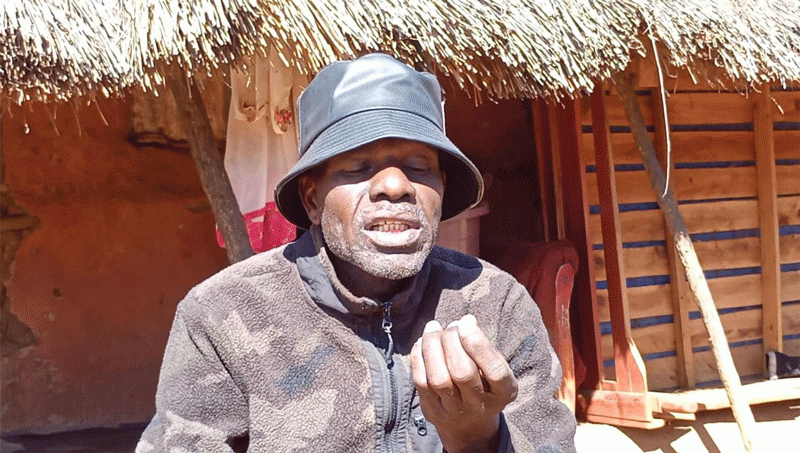
THE ongoing dry spell has taken a heavy toll on wildlife with reports that several animals have succumbed to dehydration as water holes have dried up.
Zimbabwe Parks and Wildlife Management Authority (ZimParks) spokesperson, Tinashe Farawo, said the drought was being felt especially in Hwange National Park with elephants the most affected.
“Five elephants were found dead in Sinamatela, Hwange. Preliminary investigations have shown that they succumbed to dehydration,” he said.
“As the dry spell continues, young, ill and elderly elephants are most affected as they are unable to travel long distances, in search of water and food, some got stuck near water holes, foraging all plants within their range.”
In 2019, hundreds of elephants died after water sources dried up at the park where animals mainly rely on artificial supply of water.
According to wildlife experts, elephant calves are the worst affected by the effects of drought as they are highly sensitive to soaring temperatures.
Farawo highlighted the unprecedented challenge posed by climate change, leading to unpredictable weather patterns and prolonged dry spells across the country.
He said ZimParks was still compiling statistics of the elephant and buffalo deaths.
- Bundu series captures poaching issue
- Conservationists help tackle poaching in Hwange
- Questions raised over elephant census
- Zim seeks Cites dialogue
Keep Reading
The severity of the situation has prompted ZimParks to drill 100 solar-powered boreholes to provide water for animals.
According to the Elephant Protection Initiative, a wildlife organisation, an avarage-size elephant drinks up to 200 litres of water per day.
Zimbabwe’s largest national park has recorded its biggest migration of wild animals to neighbouring Botswana in four years as water holes run dry because of a drought.
Last year, Zimbabwe embarked on a massive wildlife translocation from drought-prone areas to Zambezi River valley.
Dubbed Project Rewild Zambezi, the operation involved moving over 2 690 animals from the Save Valley Conservancy in the south to three conservancies in the north: Sapi, Matusadonha and Chizarira.
The ambitious project was the largest live animal capture and translocation exercise ever undertaken in southern Africa.
According to ZimParks, Zimbabwe’s elephant population has risen to over 84 000, almost twice the 45 000 it can sustain, a situation causing endless human-animal conflicts.
The increase in wildlife population has been blamed on among others a ban on culling following the introduction of the Convention on Trade in Endangered Species in 1999 which imposed a global ban on ivory trade.











